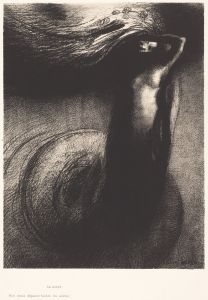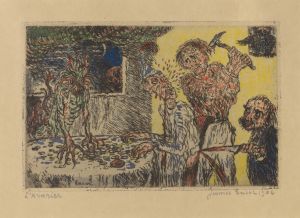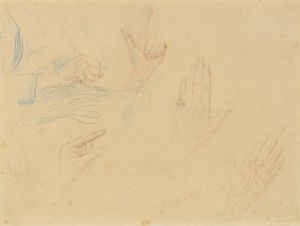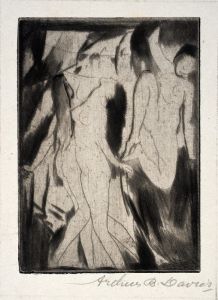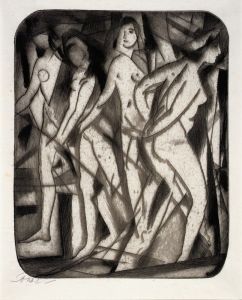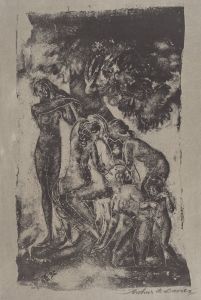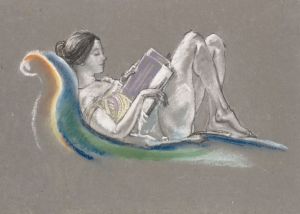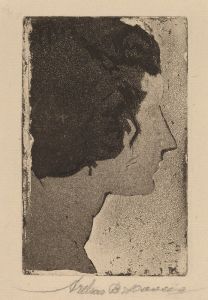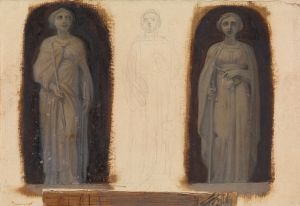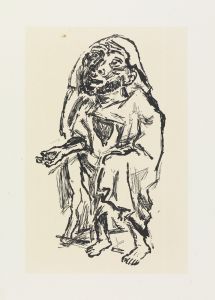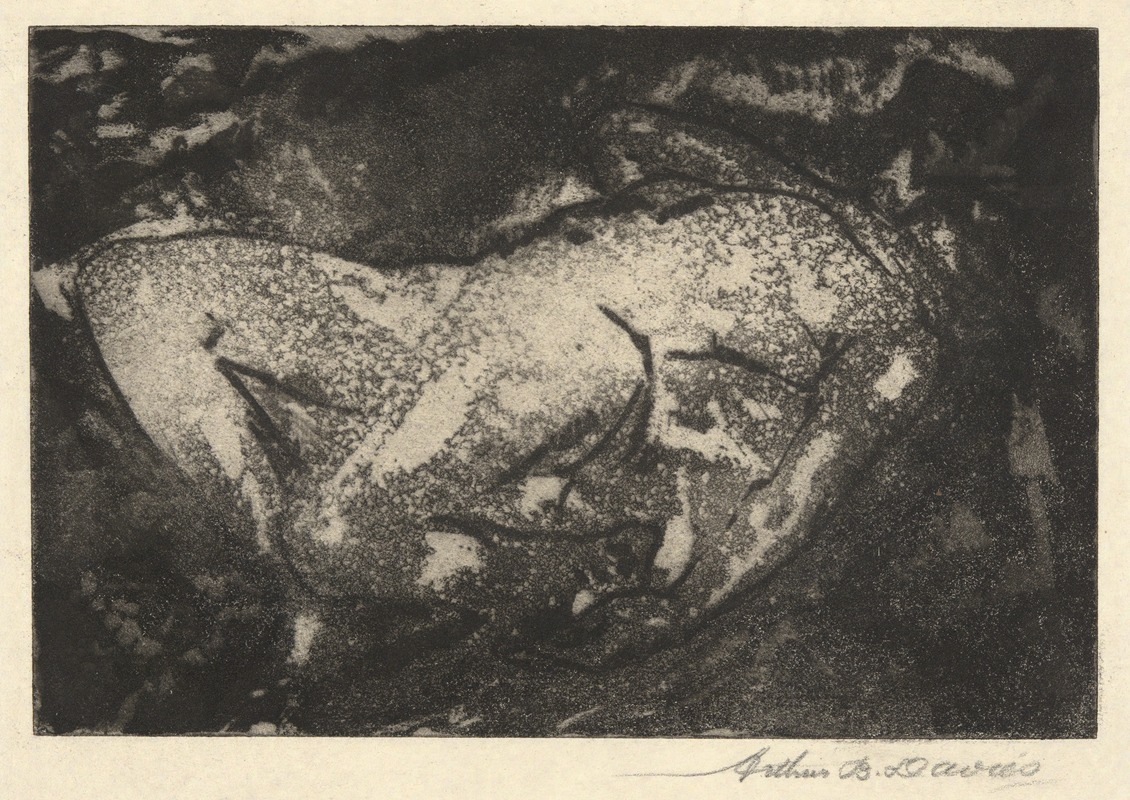
Tragic Figure
A hand-painted replica of Arthur Bowen Davies’s masterpiece Tragic Figure, meticulously crafted by professional artists to capture the true essence of the original. Each piece is created with museum-quality canvas and rare mineral pigments, carefully painted by experienced artists with delicate brushstrokes and rich, layered colors to perfectly recreate the texture of the original artwork. Unlike machine-printed reproductions, this hand-painted version brings the painting to life, infused with the artist’s emotions and skill in every stroke. Whether for personal collection or home decoration, it instantly elevates the artistic atmosphere of any space.
Arthur Bowen Davies (1862–1928) was an American artist known for his contributions to the Symbolist and early modernist movements. One of his notable works is "Tragic Figure," a painting that exemplifies his unique style and thematic focus. Davies was a key figure in the early 20th-century American art scene and played a significant role in the organization of the 1913 Armory Show, which introduced European modernism to American audiences.
"Tragic Figure" is a painting that captures the essence of Davies' artistic vision, characterized by its ethereal and dreamlike quality. The work typically features a solitary figure, often depicted in a contemplative or melancholic pose, set against a muted and atmospheric background. Davies' use of soft, flowing lines and a subdued color palette creates a sense of introspection and emotional depth, inviting viewers to explore the inner world of the subject.
Davies' interest in the human form and its expressive potential is evident in "Tragic Figure." He often drew inspiration from classical mythology, literature, and the natural world, blending these influences to create compositions that are both timeless and evocative. The figure in the painting may be seen as an embodiment of universal themes such as sorrow, loss, and the search for meaning, reflecting Davies' fascination with the human condition.
Throughout his career, Davies was associated with the Symbolist movement, which sought to convey deeper truths and emotions through symbolic imagery and allegory. His work often transcended literal representation, aiming instead to evoke a sense of mystery and transcendence. "Tragic Figure" is a prime example of this approach, as it invites viewers to look beyond the surface and engage with the underlying emotional and psychological currents.
In addition to his Symbolist influences, Davies was also influenced by the burgeoning modernist movement. His exposure to European avant-garde artists, particularly during the Armory Show, had a profound impact on his work. While "Tragic Figure" retains the lyrical and poetic qualities of his earlier Symbolist pieces, it also hints at the formal experimentation and abstraction that would come to define modernist art.
Arthur Bowen Davies' legacy as an artist is marked by his ability to bridge different artistic movements and create works that resonate on multiple levels. "Tragic Figure" stands as a testament to his skill in capturing the complexities of the human experience through a blend of traditional and modernist techniques. The painting remains an important piece within his oeuvre, reflecting both his personal artistic journey and the broader developments in early 20th-century American art.
Overall, "Tragic Figure" by Arthur Bowen Davies is a compelling work that showcases the artist's mastery of form, composition, and emotional expression. It continues to be appreciated for its ability to convey profound themes through a delicate and nuanced visual language, making it a significant contribution to the history of American art.






